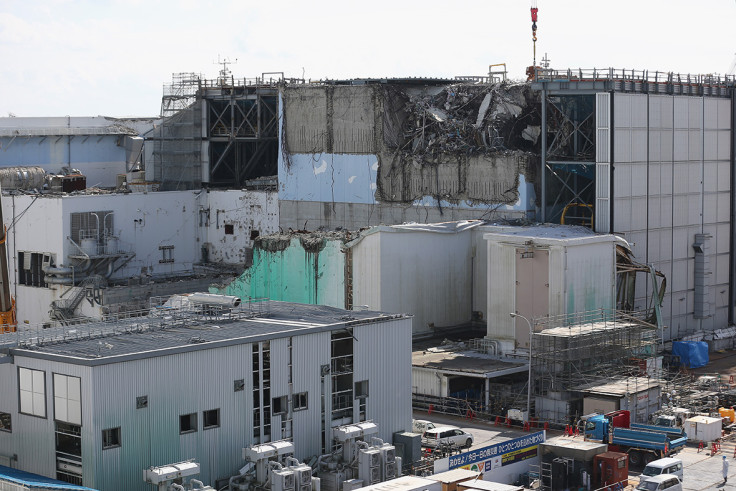Watch Fukushima radiation levels kill second Tepco robot in less than a month
Radiation levels inside some reactors can kill humans within seconds.
Unit 2 Primary Containment Vessel Investigation at Fukushima D...“Scorpion Robot†Obtained Additional Information from Unit 2 PCV: On February 16, the “Scorpion-shaped robot†was inserted into the Unit 2 Primary Containment Vessel (PCV) at Fukushima Daiichi Nuclear Power Station to further investigate the conditions within. It went along the CRD rail that led to the area directly below the Reactor Pressure Vessel called the pedestal area, and obtained additional information such as the PCV interior, deposits conditions, temperature readings, and radiation levels. Even though the robot could not reach the pedestal area, which we had initially planned to investigate, valuable information was obtained which will help us determine the methods to eventually remove fuel debris. The robot was left inside the PCV not to obstruct further investigations, as an option of the original plan, since it stopped over the deposits. TEPCO Holdings will continue to review the information, such as deposits on the CRD rail and conditions inside the pedestal, obtained from this entire investigation. For more photos and information, go to http://photo.tepco.co.jp/en/date/2017/201702-e/170216-01e.html
Posted by Tokyo Electric Power Company Holdings, Incorporated on Thursday, February 16, 2017
A second robot from Tokyo Electric Power Company (Tepco) sent into Fukushima's unit 2 reactor collapsed in less than a month's time due to high radiation levels.
Less than two weeks ago, a robot that ventured into the reactor malfunctioned as the camera on it had been fried by record high levels of radiation just two hours after it started scrapping in the area. The extremely high radiation levels inside the reactor have now left the second robot, Scorpio, malfunctioning so much so that Tepco decided to cut off its tether and leave it inside.
Fukushima's nuclear site which witnessed a major nuclear accident caused by the devastating 2011 earthquake and tsunami is largely contained but the unit 2 reactor is among the areas where radiation levels are at unimaginable levels. In early February, the radiation levels inside the reactor reached an astonishing 530 sieverts per hour, a level high enough to kill a human within seconds.
The latest robot victim of the radiation was manufactured by Toshiba and was on a mission to investigate the pedestal underneath the reactor, where melted nuclear fuel is suspected to have fallen. Engineers now suspect as the robot was approaching the core of the explosion almost 10 feet away from its target its tank-like treads got stuck. Although Tepco has not confirmed whether it was the debris or the radiation that stopped the robot, it is currently under investigation.
Tepco has an enormous task of removing the molten radioactive fuel from three of the four reactors but this is the seventh robot to be affected by the radiation and the first to go as close as it went to the core of the explosion.
"Even though the robot could not reach the pedestal area, which we had initially planned to investigate, valuable information was obtained which will help us determine the methods to eventually remove fuel debris," Tepco said.
It has been clarified both by Tepco and the Japanese government that the radiation is contained for rest of the area and outside the reactors, the public is not at risk.

© Copyright IBTimes 2025. All rights reserved.




















